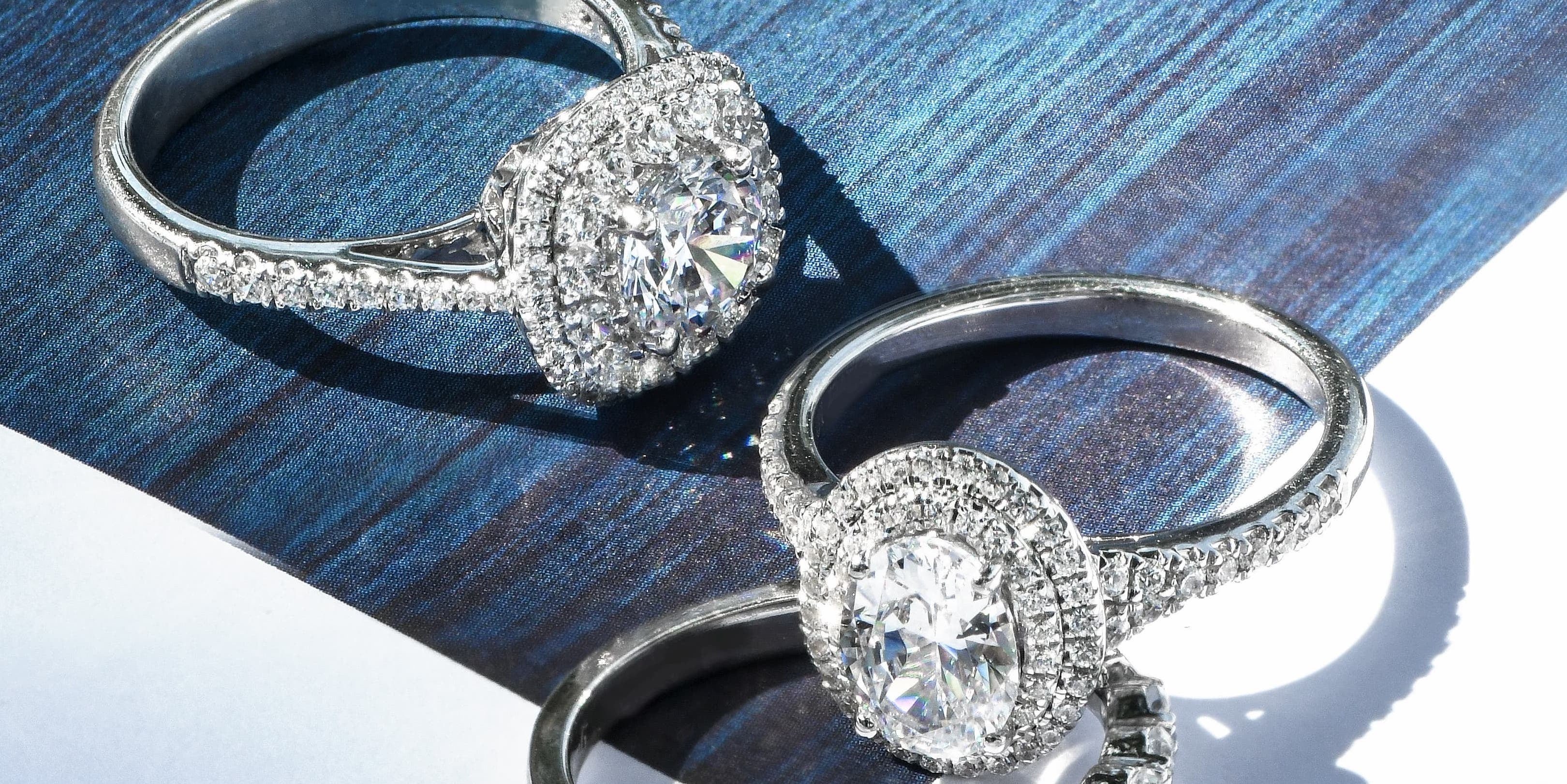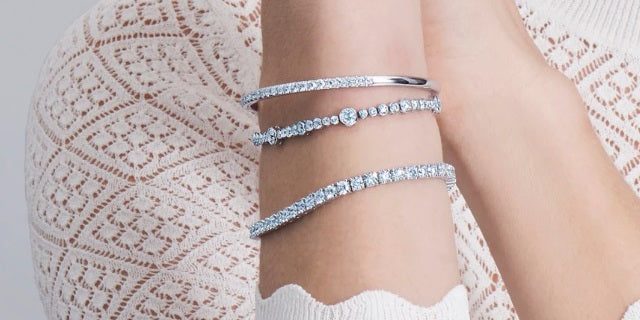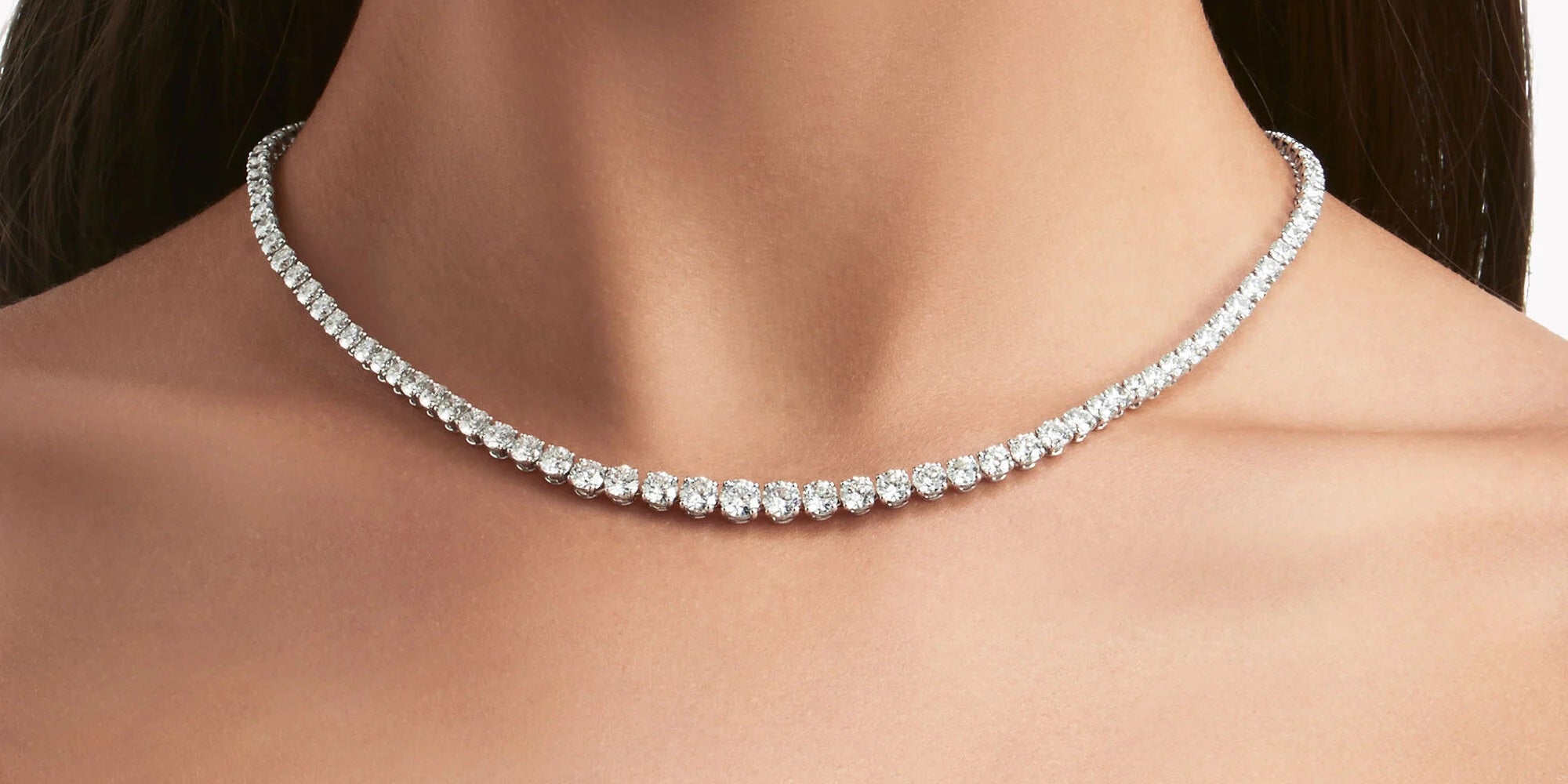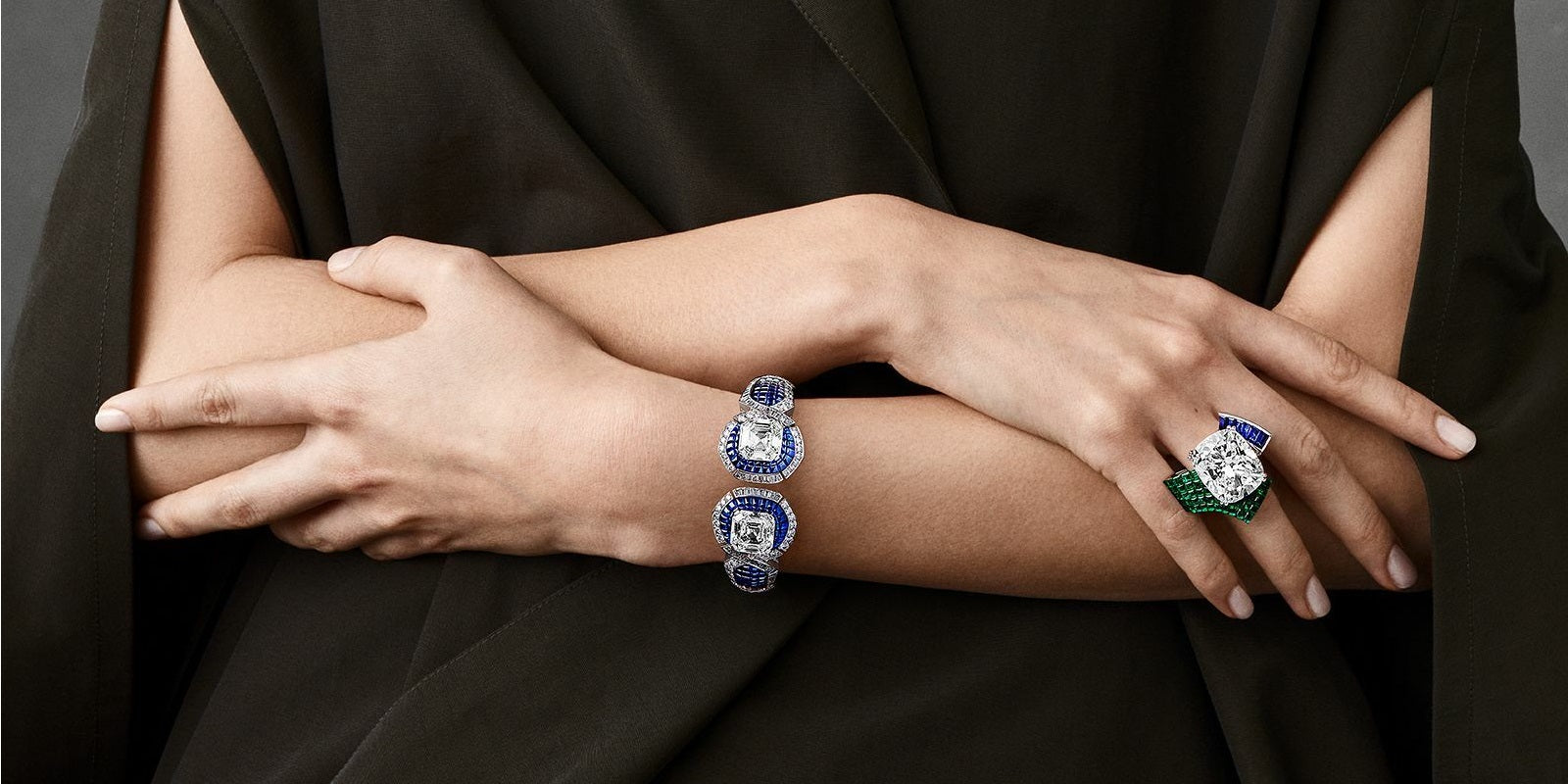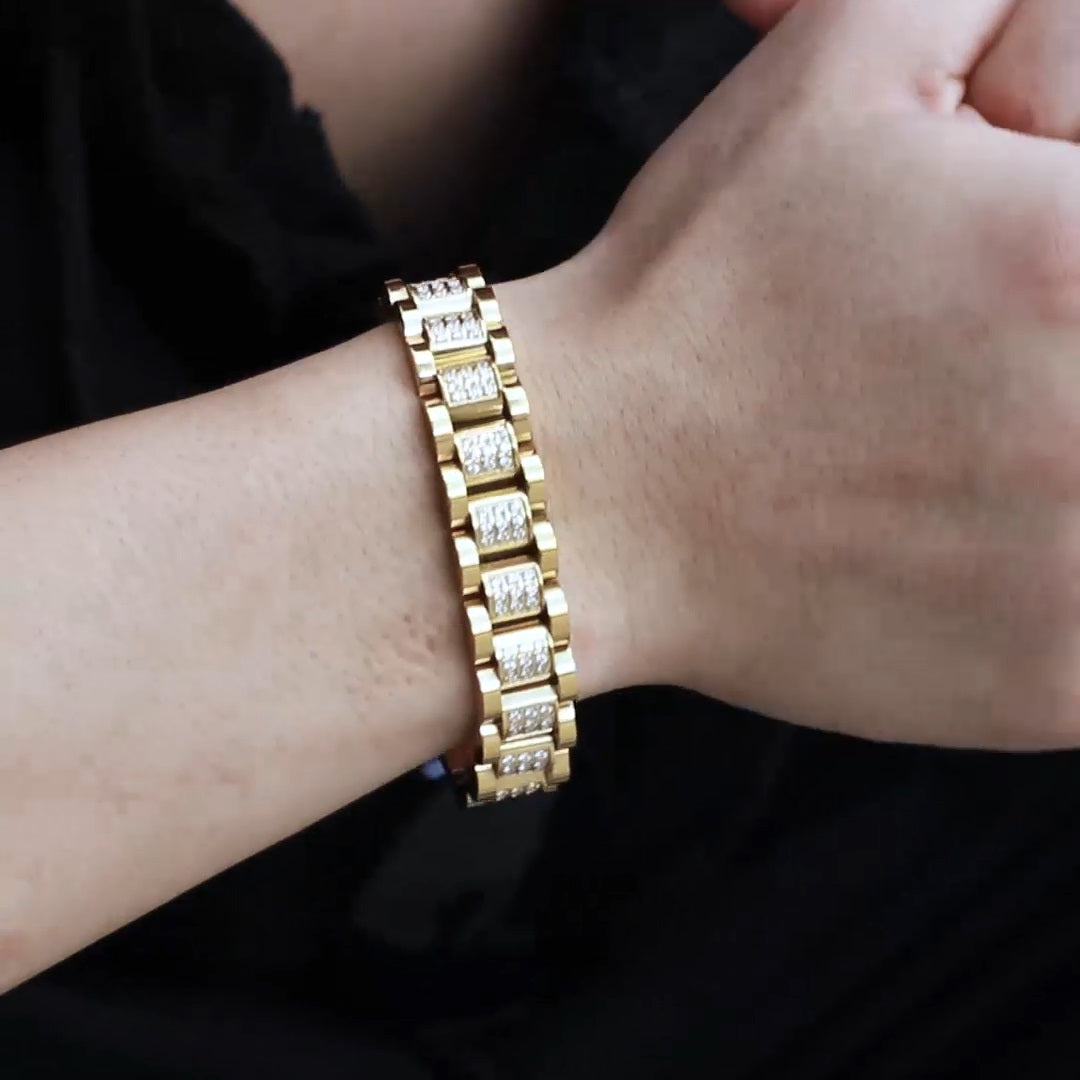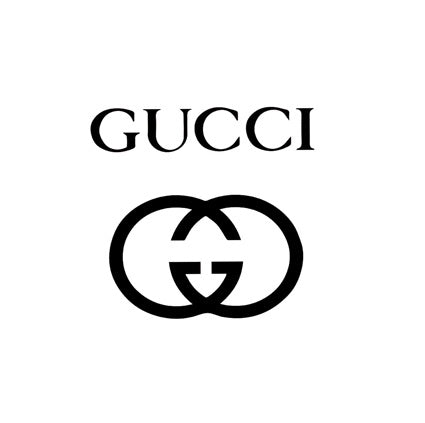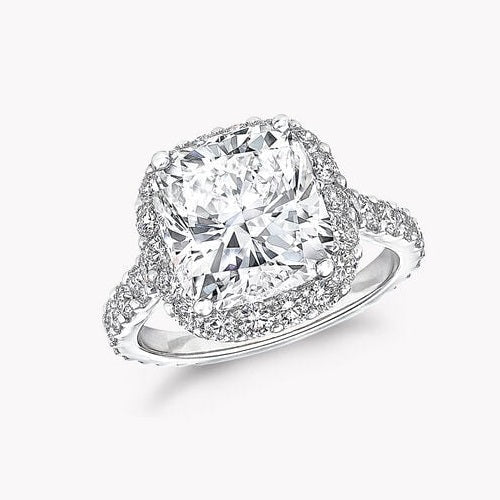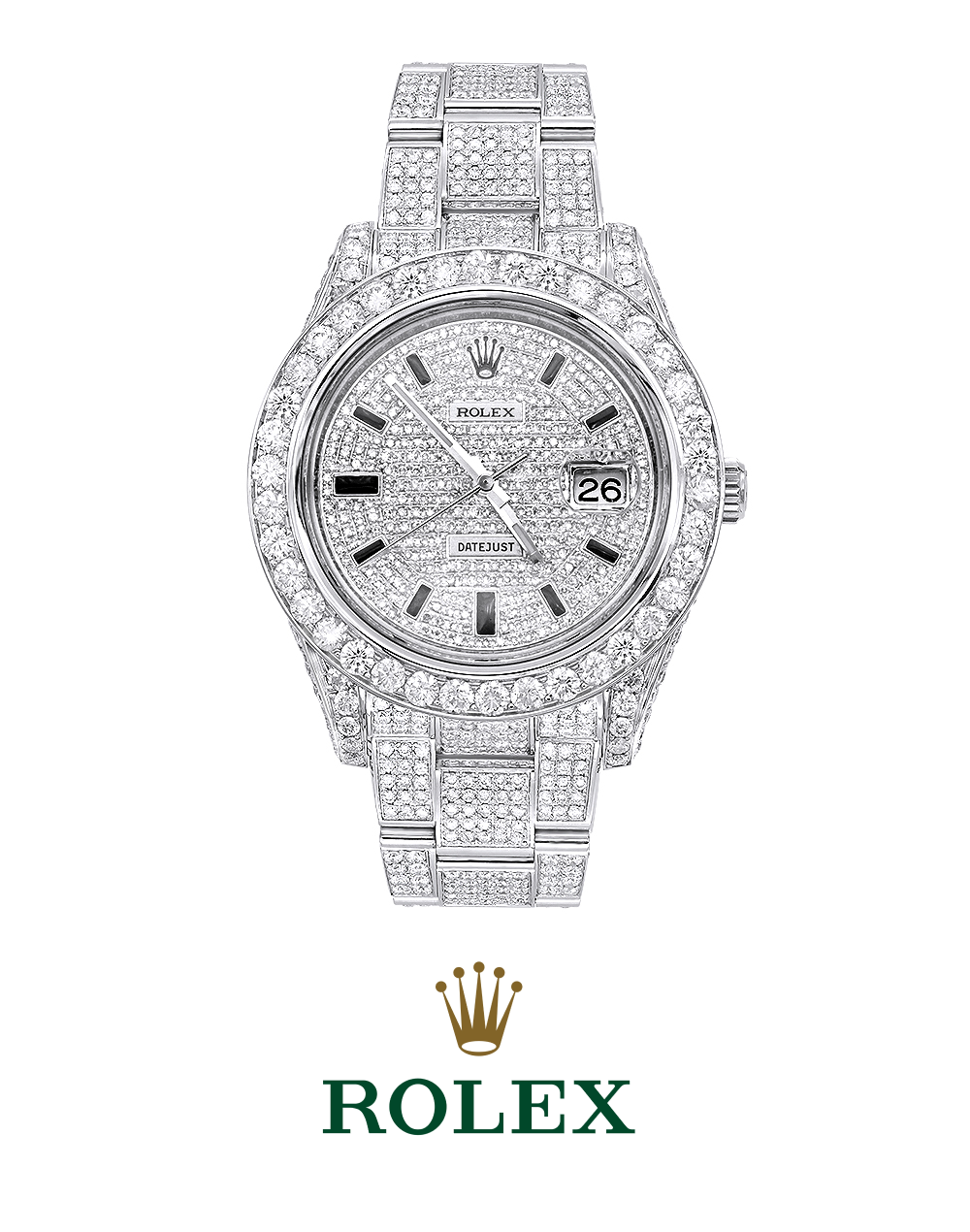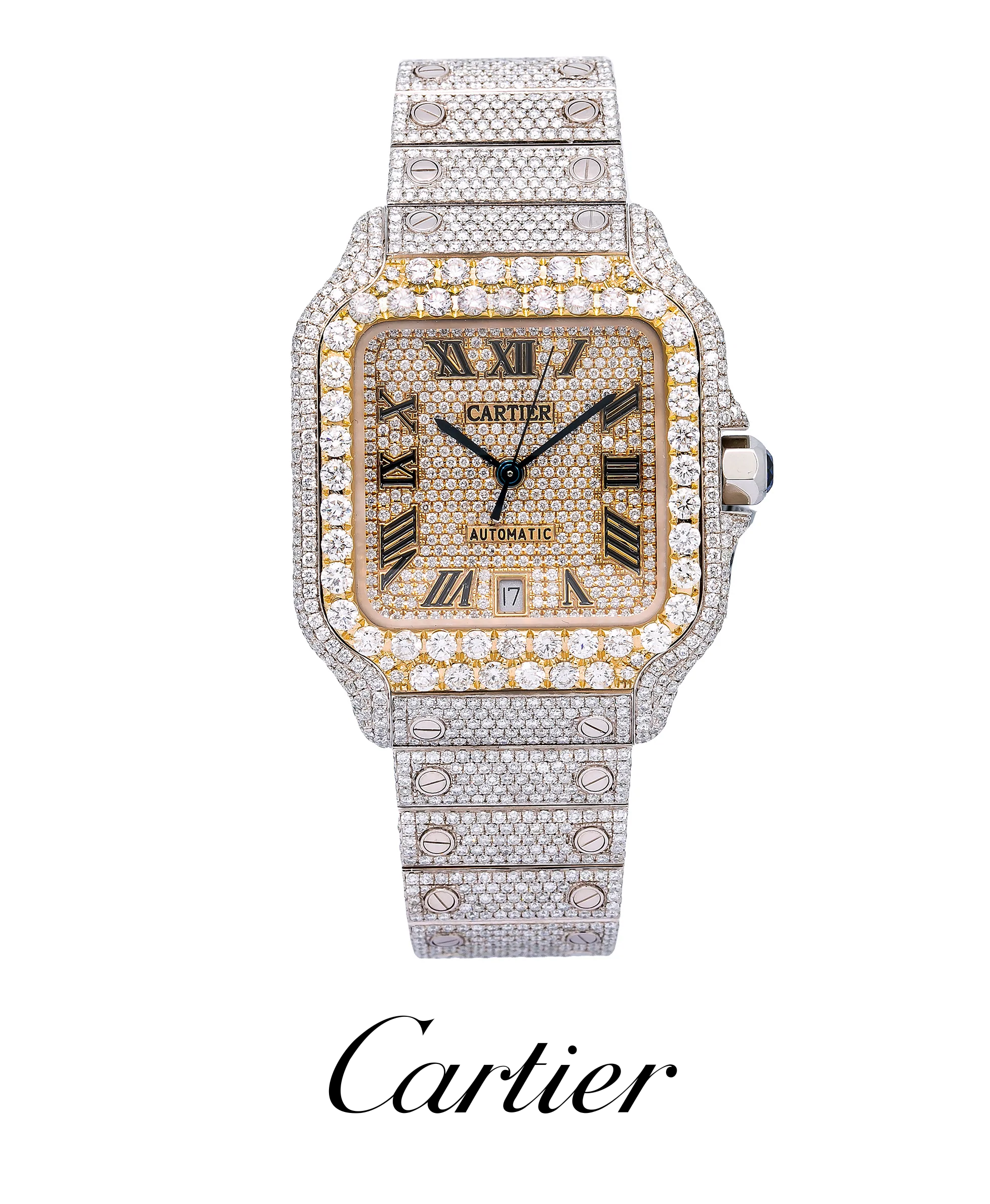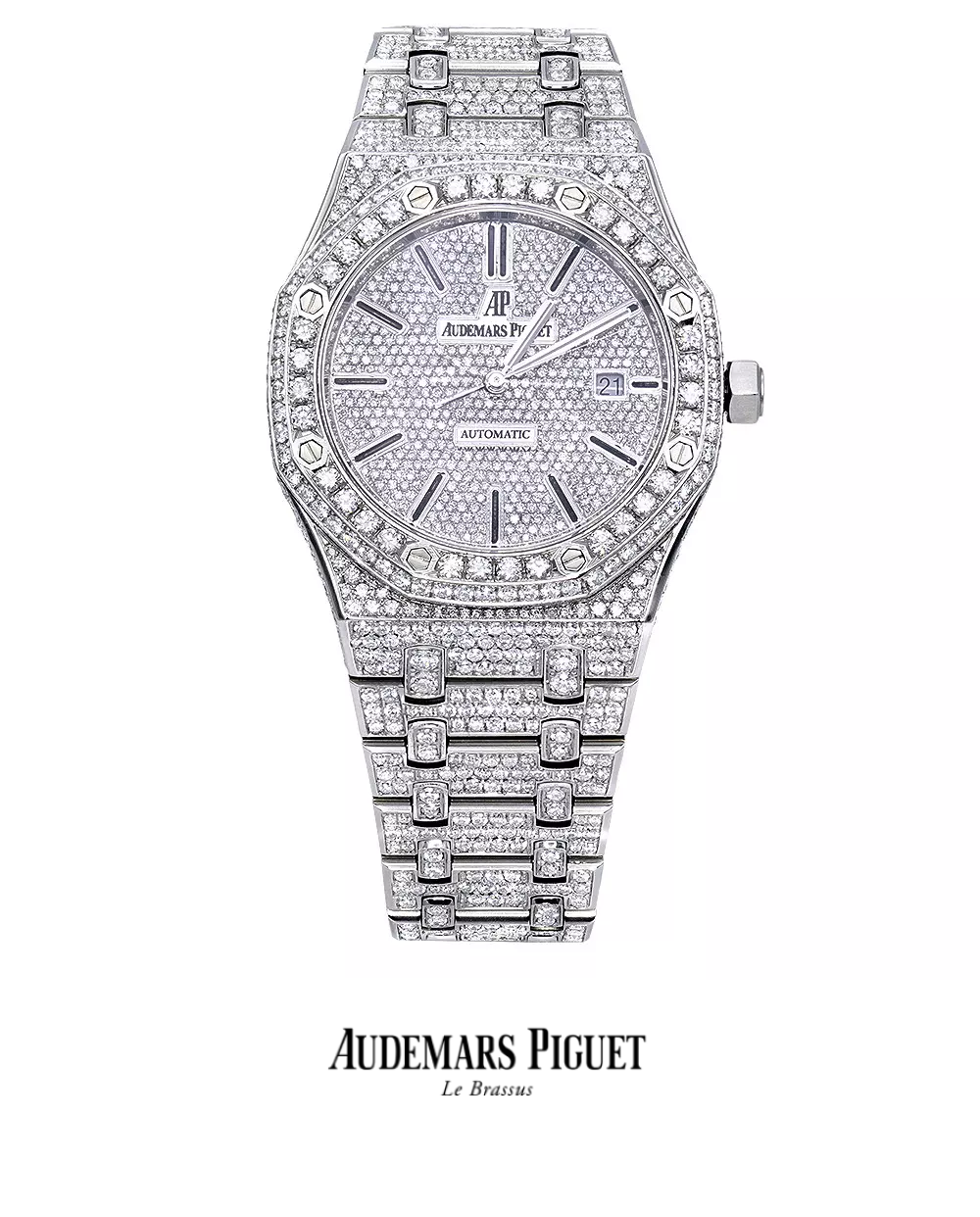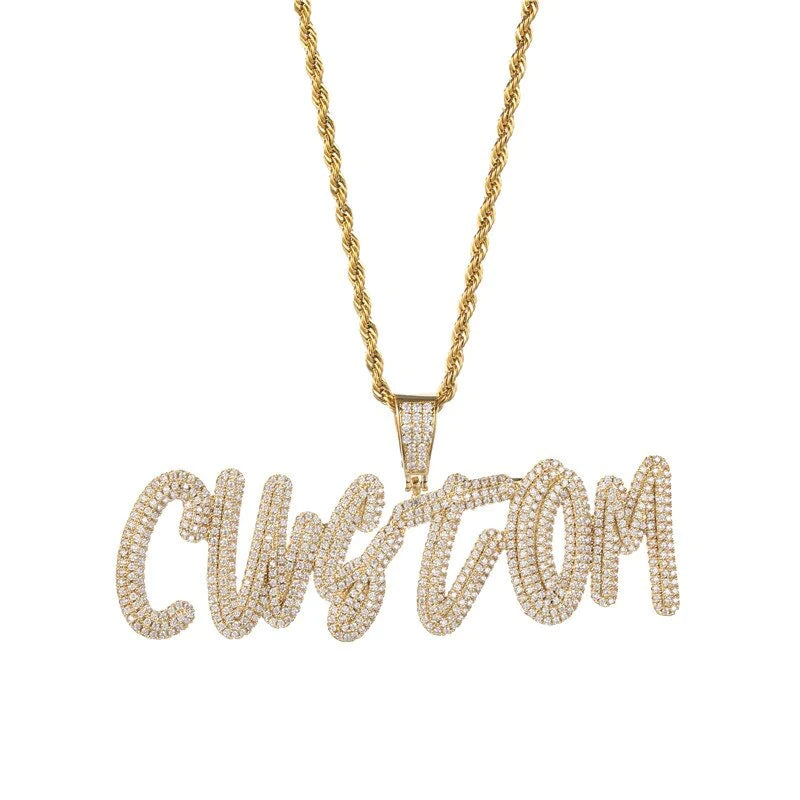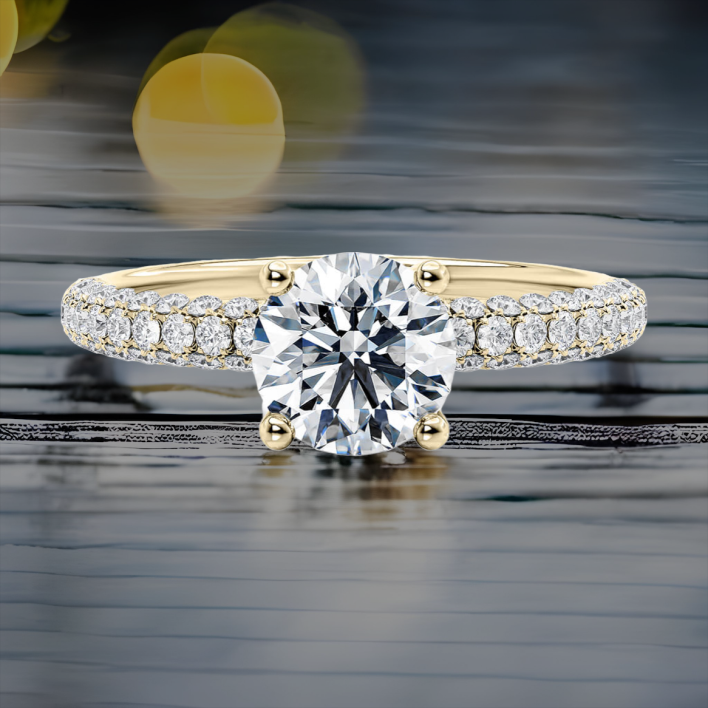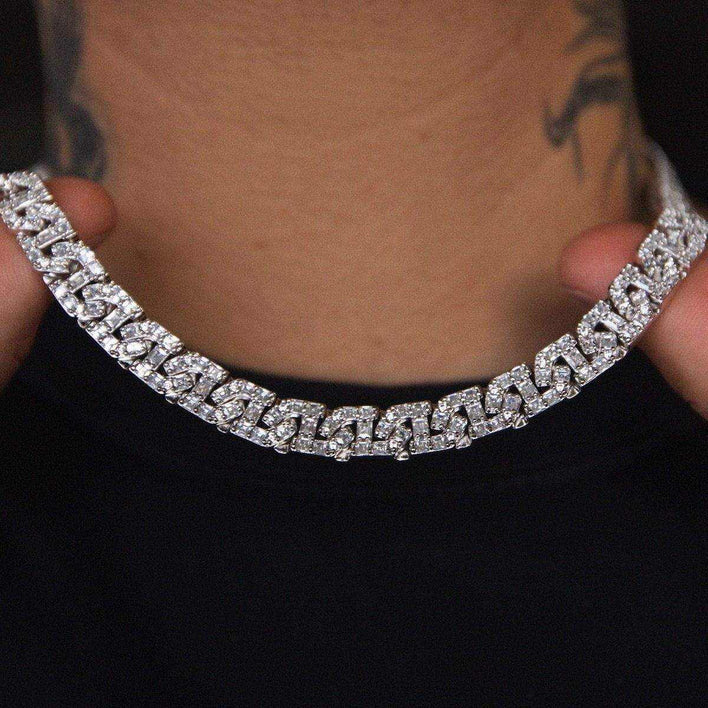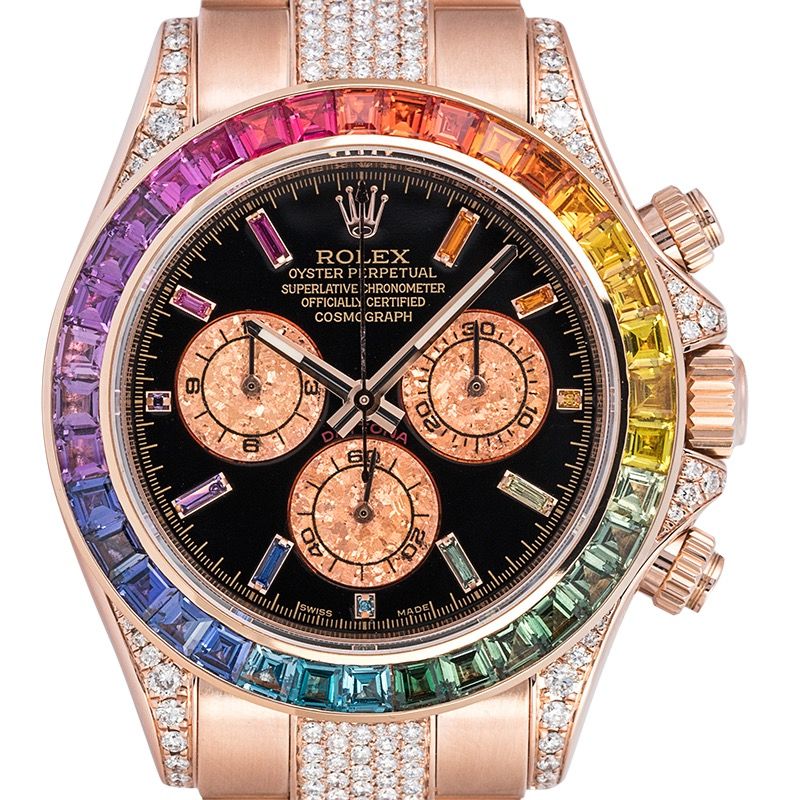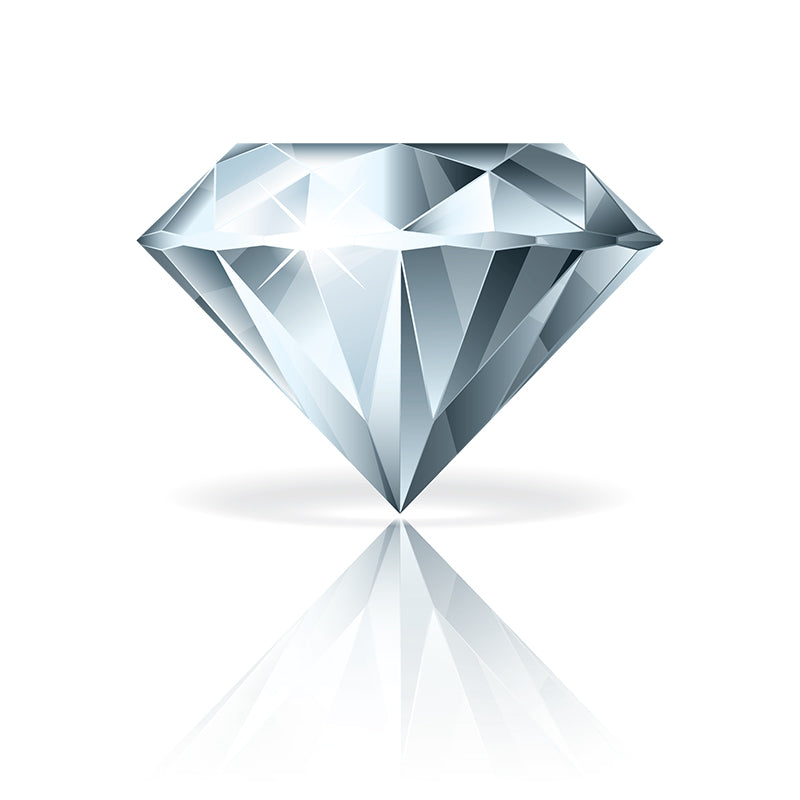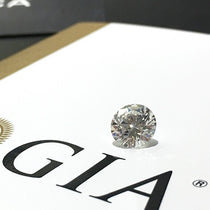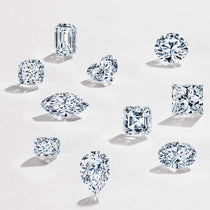What Is Lab Grown Diamond? - Shaping the Future of the Diamond Industry
What Is Lab Grown Diamond? - Shaping the Future
of the Diamond Industry
Diamonds have always charmed us with their beauty, rarity, and lasting appeal. But the diamond business has had a subtle change in the last few years. The rise of lab-grown diamonds, synthetic or bred diamonds, has changed how we think about these valuable gems.
These diamonds have the same physical, chemical, and visual qualities as natural diamonds, making it hard to tell them apart from the human eye.
Due to their increasing popularity and demand, these diamonds are now a tempting option for individuals searching for a beautiful, sustainable, and inexpensive substitute for natural diamonds. So, what are lab grown diamonds?
What Is The Lab Grown Diamond?
Lab-grown diamonds, also called synthetic or bred diamonds, are made in a lab using modern technologies that mimic the natural conditions where diamonds are formed deep within the Earth's rock.
They have the same chemical and physical qualities as natural diamonds, which means they are very bright, rugged, and durable.
What makes them different is that they ethically get their materials and have a minor effect on the environment. It makes them a good choice for people who care about being responsible and protecting the environment.
Why Lab-Grown Diamonds Become Popular?
After “what is a lab-grown diamond”, let's discuss why these diamonds are popular. These diamonds have seen a massive uptick in demand and appeal in recent years. This rising trend can be caused by more than one thing.
First of all, lab-grown diamonds are a better option than natural diamonds from a social and environmental point of view. People are looking for more sustainable choices because they worry that diamond mining is unethical and affects the Earth.
Second, lab-grown diamonds are cheaper than diamonds that come from nature. The costs of making diamonds in a lab are much lower than digging and removing gems from the Earth.
Lastly, lab-grown diamonds give customers more ways to customise their purchases. Customers can get these diamonds in different sizes, colours, and cuts to find the right diamond for their tastes and style.
How are Lab-Grown Diamonds Made?
Lab-grown diamonds are made in two main ways: High Pressure-High Temperature (HPHT) and Chemical Vapour Deposition (CVD).
The HPHT process involves placing a diamond seed in a chamber and heating it at very high temperatures and pressures, simulating conditions found in the Earth's mantle. When a carbon source is added, the carbon atoms start to crystallise around the diamond seed, resulting in a bigger diamond over time.
In the CVD method, a diamond seed is put in a cylinder containing carbon-rich methane gases. The gases in the chamber decompose and release carbon atoms by heating the chamber. Over time, these carbon atoms build up, layer by layer, on top of the diamond seed.
The Process of Creating Lab-Grown Diamonds:
Several steps go into making diamonds in a lab. First, a diamond seed is chosen carefully based on size and quality. The seed picked is then in a growing box for either HPHT or CVD.
The growing tube is heated and pressed in the HPHT method, making conditions similar to those in the Earth's core. Adding carbon to the mix causes carbon atoms to crystallise and attach to the diamond seed in successive layers, resulting in a bigger diamond over time.
In the CVD method, carbon-rich gases are put into the growing tube and heat and energy are used. The gases break down, releasing carbon atoms that land on the top of the diamond seed and build it up layer by layer.
Factors Affecting the Quality of Lab-Grown Diamonds:
Several things affect the quality and look of lab-grown diamonds. Important factors that affect the quality of a diamond are the purity of the carbon source, the temperature, the pressure, and the time it takes to grow.
Trace elements can also change the colour of a diamond as it grows. These diamonds may be created in many hues by including various elements, such as yellow, blue, and pink.
Also, cutting and cleaning significantly affect the diamond's brightness, fire, and general look. Expert diamond cutters take a rough lab-grown diamond and give it a beautiful form by applying several cuts.
Lab-grown diamonds may equal their natural counterparts in quality, colour, and clarity if these parameters are meticulously controlled, and excellent artistry is used in production.
Some Advantages of Lab-Grown Diamonds:
A. Moral and Environmental Concerns
Lab-grown diamonds are better for the earth and ethics than found gems. First, lab-grown gems don't come from areas where there is violence.
Second, these diamonds leave less carbon behind than mined diamonds. Diamond mining often includes digging up a lot of land and using a lot of energy, which hurts the environment and releases greenhouse gases.
B. Cost-Efficiency Compared to Natural Diamonds
Most of the time, these diamonds are cheaper than natural diamonds. The streamlined production procedure reduces prices by increasing efficiency and controlling costs.
It makes it possible for people to buy bigger or better diamonds for a small fraction of the price of their natural versions.
C. The Choices for Customisation
Lab-grown diamonds can be made in many different ways. Since they are made in a controlled setting, they can be made in different sizes, colours, and shapes to suit each person's taste and the needs of the design.
Because of this, customers can pick a lab-grown diamond that fits their style and tastes.
D. Consistency of Quality
Lab-grown diamonds have the same quality and traits every time. Lab-grown diamonds can have the same colour, brilliance, and other qualities, which are different from rough diamonds, which can be very different.
This makes it easier for customers to understand what they are buying and ensure they get high-quality diamonds that meet their needs.
Applications and Uses of Lab-Grown Diamonds:
-
Jewellery Business and Customer Desire
Due to their high quality and social draw, lab-grown diamonds have become very popular in jewellery. Lab-grown diamonds are an attractive choice to natural diamonds that consumers are looking for more and more.
They are used in many kinds of jewellery, like engagement rings, earrings, chains, and bracelets..
-
Industrial and Technological Uses
Tools made from lab-grown diamonds are indispensable in areas where strength and accuracy in cutting are paramount, such as mining, building, and manufacturing.
These can also be used in the medical and scientific fields. Also, their ability to transfer heat well makes them perfect for use in electronics, such as high-performance computer chips and heat sinks.
-
New Developments and Trends in Lab-Grown Diamonds
As lab-grown diamonds become more famous, the industry constantly develops new ideas and trends. Lab-grown colourful diamonds, which come in bright pink, blues, and yellows, are becoming more popular among people who want to buy unique and rare gems.
New ways of cutting and finishing make lab-grown diamonds more beautiful and brilliant, making it harder to tell the difference between natural and lab-grown stones.
Lab-Grown Diamonds Vs. Natural Diamonds: What’s the Difference?
A. Properties of Matter and Chemicals:
Lab-grown diamonds' physical and chemical qualities are the same as those of rough diamonds. Both kinds of diamonds are made of carbon atoms grouped in a solid arrangement.
Because of this, these diamonds are just as hard, brilliant, and durable as their native cousins.
B. Visual and Artistic Differences:
Lab-grown diamonds are almost impossible to tell apart from natural diamonds with the human eye. They have the same visible qualities, like shine, fire, and scintillation.
Without special tools, it can be hard to tell the difference between lab-grown and wild diamonds, even when they are magnified.
C. Pricing and Value on the Market:
Most of the time, lab-grown diamonds are cheaper than natural diamonds. Their lower price is due to a managed production process and lower digging costs. Lab-grown gems of the same size and quality as natural diamonds can cost 20–30% less.
D. Perception and Social Acceptance:
The way people think about and accept lab-grown diamonds has changed over time. Natural diamonds have a long history and are essential to many cultures, but lab-grown diamonds are becoming increasingly popular. Many people now think that lab-grown diamonds are a more reasonable and safe choice than those found.
Conclusion:
Lab-grown diamonds have the same chemical and physical characteristics as their natural counterparts. They have many benefits, such as fair sources, less environmental impact, lower costs, the ability to be customised, and stable quality and supply.
As technology and ways of making things keep improving, lab-grown diamonds will likely change the diamond business's future. It's essential for people who want to buy diamonds to stay aware and make intelligent choices, taking into account both natural and lab-grown options.




